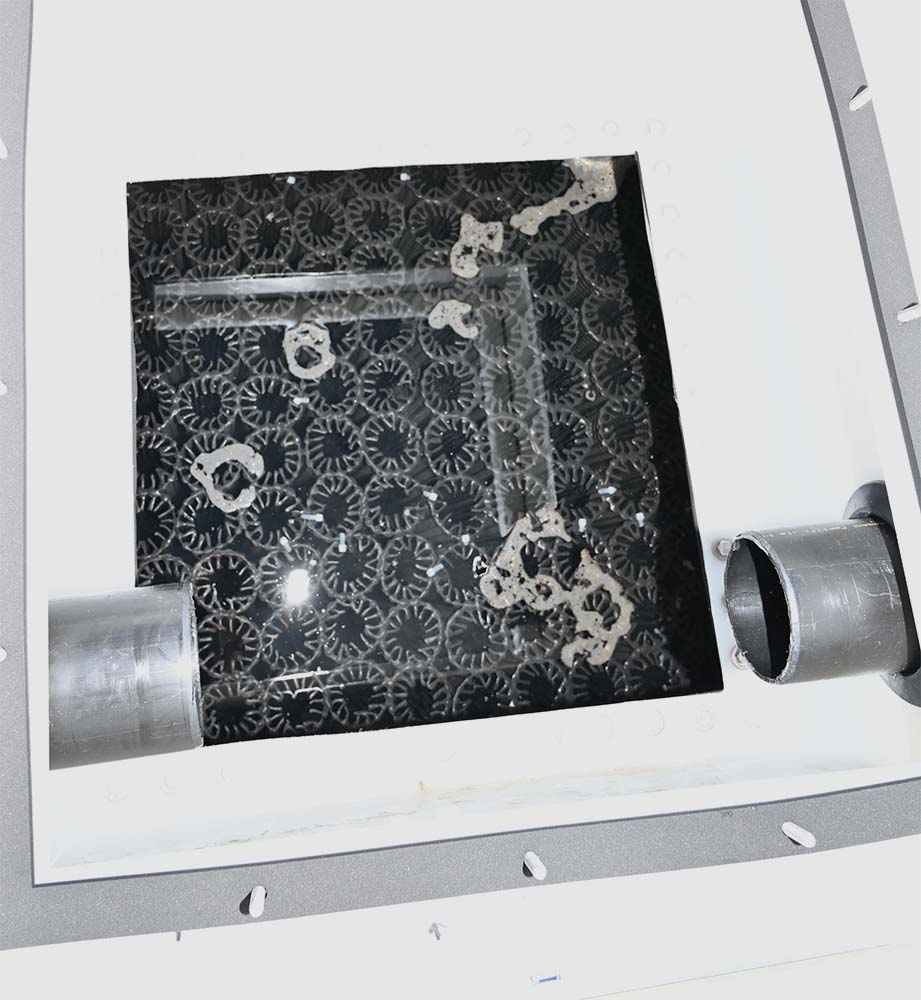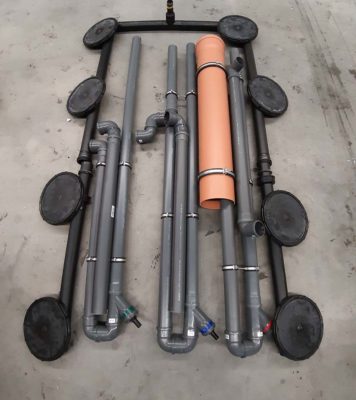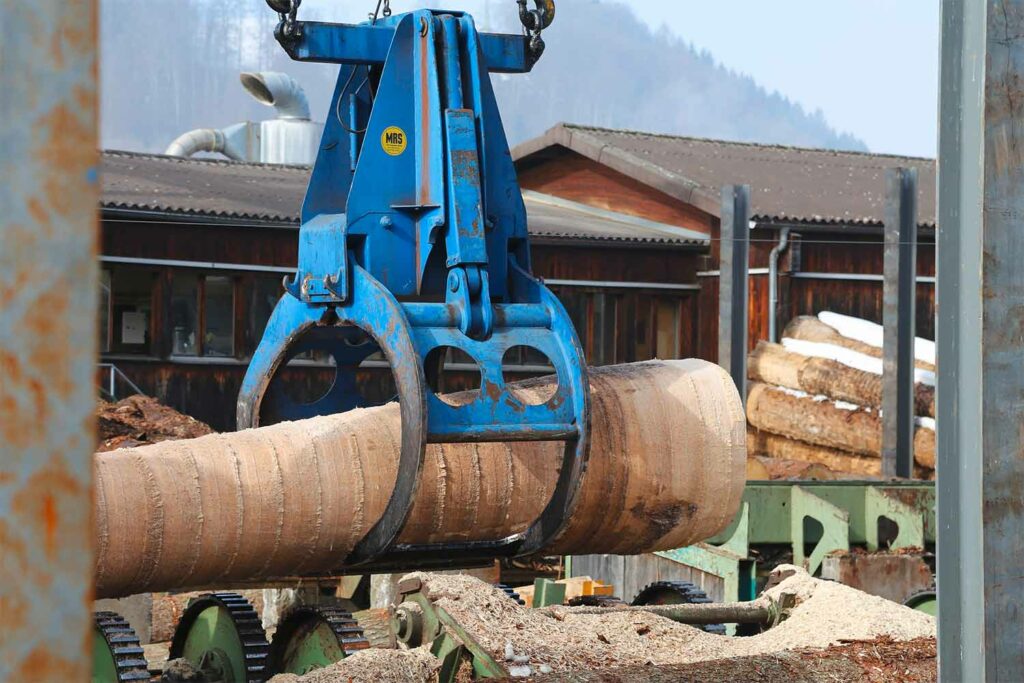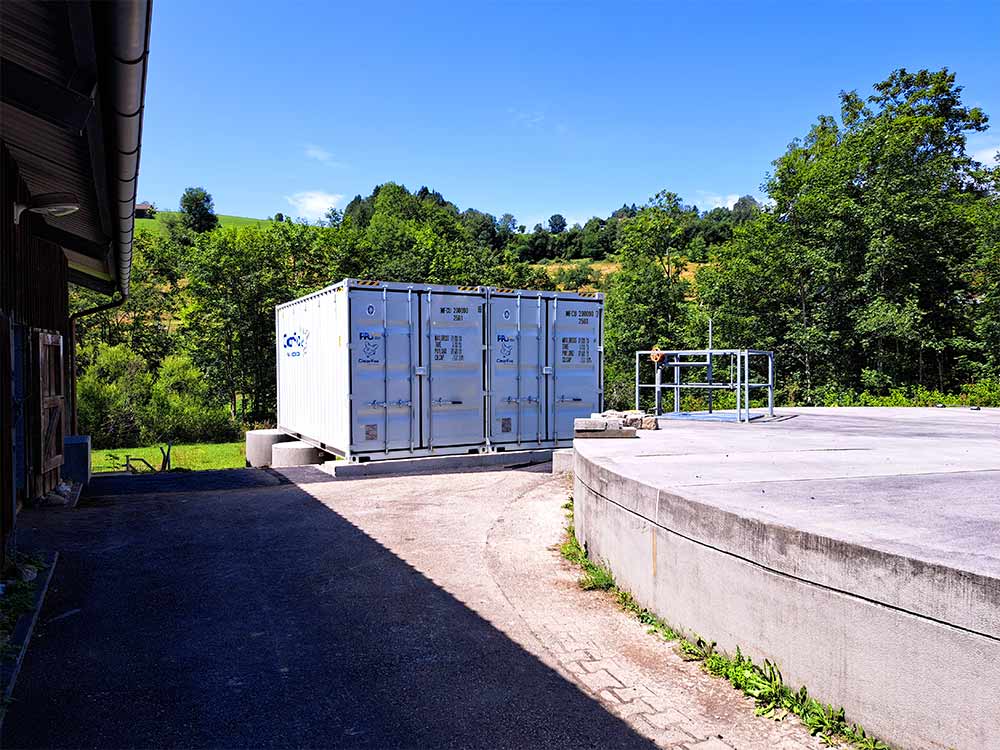What distinguishes BOD5 from COD?
Substances are dissolved in almost every type of water. These can be minerals that are beneficial to the body in drinking water, but also nitrogen or phosphorus that are harmful to the environment above a certain concentration. The dissolved substances are divided into two categories: Biologically, aerobically degradable substances, which are respired by microorganisms, and persistent or poorly degradable substances, which remain in the wastewater. The BOD5 indicates the amount of biodegradable substances, the COD the total of all dissolved substances.
The ratio between BOD5 and COD is therefore decisive in determining the type of dissolved substances. If the proportion of BOD5 is above 50 per cent, the wastewater is considered to have good biodegradability. This is usually the case in municipal or sanitary wastewater. If the substances that are difficult to degrade predominate, biological treatment processes are usually not suitable. This is the case with industrial wastewater, which comes from textile processing or plastics recycling, for example.












